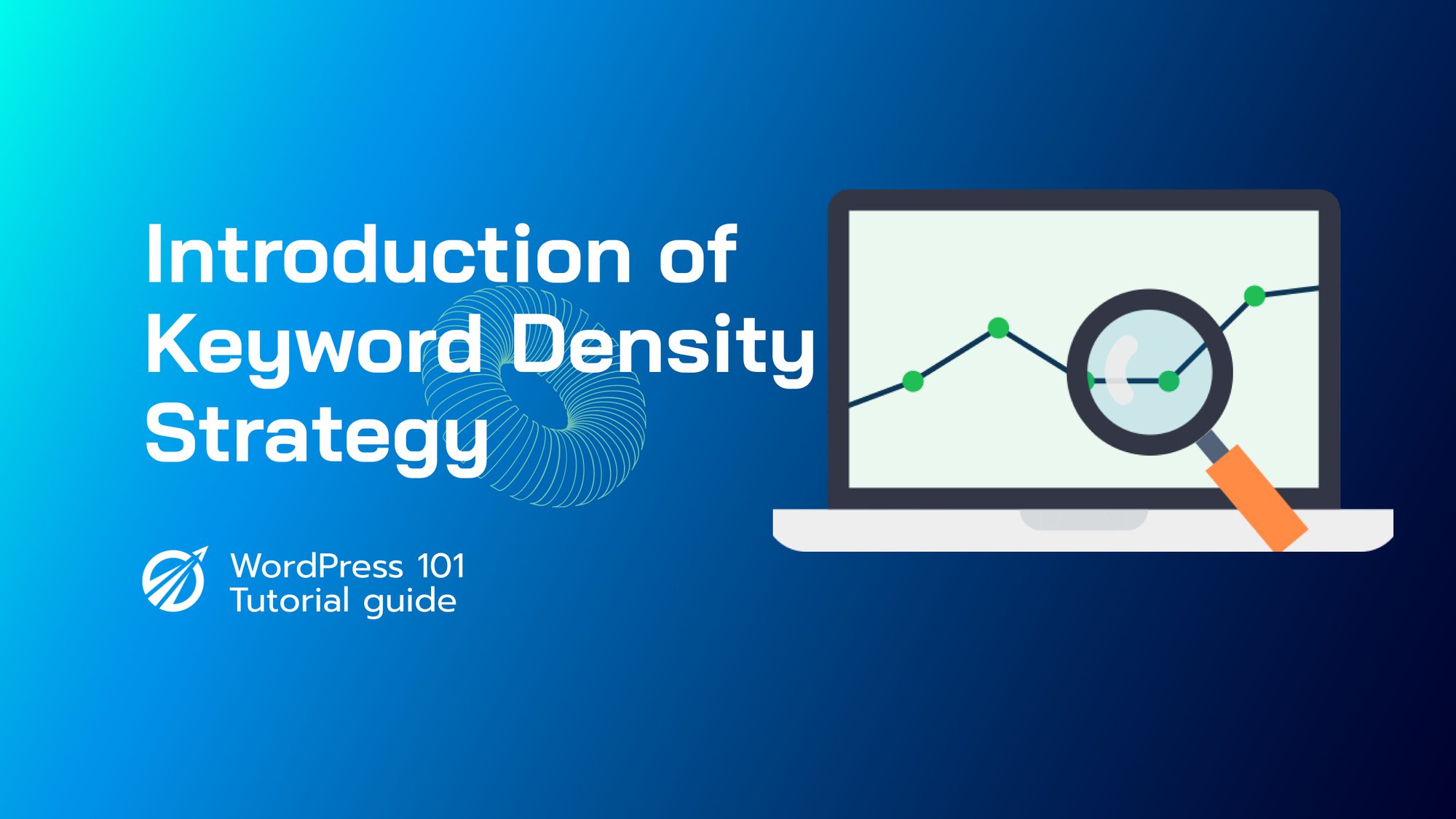雲端運算是一項徹底改變了我們存取和使用資料方式的技術。越來越多的組織,無論大小,都開始轉向雲端運算來滿足其 IT 基礎設施需求。但是雲端運算是如何運作的呢?如果您沒有任何經驗,那麼探索雲端運算世界可能會是一件令人畏懼的事情。但別擔心。本指南簡單易懂,將向您介紹雲端運算的基本概念及其工作原理。因此,請深入研究並準備好理解雲端運算如何讓我們用更少的資源做更多的事情。
什麼是雲端運算?
雲端運算是透過互聯網(「雲端」)提供運算服務(包括伺服器、儲存、資料庫、網路、軟體、分析和智慧),以提供更快的創新、靈活的資源和規模經濟。您通常只需為您使用的雲端服務付費,這有助於您降低營運成本、更有效率地運行基礎設施並隨著業務需求的變化而擴展。
雲端運算提供了一種透過網際網路存取伺服器、儲存、資料庫和廣泛的應用服務的簡單方法。它是一種模型,用於實現對可配置計算資源(例如網路、伺服器、儲存、應用程式和服務)共享池的無處不在的按需訪問,這些資源可以用最少的管理工作或服務提供者互動進行快速配置和發布。
雲端運算有哪些好處?
與傳統運算和資料儲存相比,雲端運算具有許多優勢。
首先,它使企業能夠隨時隨地存取他們的數據和應用程序,從而使他們的回應速度更快、更靈活。
其次,雲端運算比傳統運算更有效率、更經濟。透過雲端運算,企業只需以實際使用量付費,無需預先購買硬體或軟體。
第三,雲端運算具有很強的可擴展性。企業可以根據需要輕鬆增加或減少其運算資源,從而實現更大的靈活性。
最後,雲端運算比傳統運算提供了更高的安全性和可靠性。雲端供應商擁有專門的團隊和先進的技術來確保資料安全且始終可用。
雲端運算有哪些不同類型?
雲端運算是一種依靠電腦資源虛擬化透過互聯網提供運算、儲存和網路功能的技術。它可以分為三大類型:
1. 基礎設施即服務(IaaS):IaaS 是最基本的雲端運算類型。它提供運算、儲存和網路等虛擬資源,可按需使用。
2.平台即服務(PaaS):PaaS 是一種更高階的雲端運算類型,為開發人員提供開發和部署應用程式的平台。
3. 軟體即服務 (SaaS):SaaS 是最高等級的雲端運算類型,可提供使用者透過網路存取軟體應用程式的權限。
這些類型的雲端運算可以組合使用,以創建成熟的雲端運算解決方案。例如,IaaS平台可用於提供虛擬資源,PaaS平台可用於開發和部署應用程序,SaaS平台可用於提供對軟體應用程式的存取。此外,雲端運算還可用於提供備份和復原、資料分析、災難復原等服務。
雲端運算如何運作?
簡單來說,雲端運算的工作原理是透過網路而不是電腦硬碟來儲存和存取資料和程式。所有資料都儲存在遠端伺服器或“雲端”上,而不是本機上。這使得從任何地方存取資料變得更加容易,並確保資料安全且已備份。
雲端運算由三個主要部分組成:基礎設施、平台和軟體。基礎設施組件是用於儲存和處理資料的實體硬體。平台元件是雲端提供者提供的用於管理和組織資料的作業系統。軟體元件是用於從雲端存取資料的應用程式。
當您使用雲端運算時,您的資料將儲存在遠端伺服器上,並且可以透過任何具有網路連線的裝置存取。這意味著您可以從世界任何地方存取您的數據,這對企業來說是一個非常有用的工具。此外,雲端運算高度安全,並且可以輕鬆備份。這可確保您的資料始終安全且受到保護。
雲端運算與傳統運算有何不同?
雲端運算與傳統運算最大的差別在於雲端運算是遠端託管的。雲端運算不需要將應用程式和資料儲存在實體硬碟上,而是允許用戶在雲端運算供應商託管的伺服器上遠端儲存和存取這些資訊。只要有網路連接,使用者就可以更輕鬆地從任何地方存取他們的資訊。
另一個很大的區別是成本。傳統運算需要您購買實體硬件,例如伺服器,這可能會很昂貴。另一方面,雲端運算更實惠,更具成本效益。您可以為您使用的服務付費,並且只使用您所需的儲存和處理能力。對於沒有預算購買大規模硬體的企業來說,這是一個很好的選擇。
雲端運算的組成部分有哪些?
雲端運算的元件可分為三類:基礎設施即服務(IaaS)、平台即服務(PaaS)及軟體即服務(SaaS)。
IaaS 是一種雲端運算形式,它透過網際網路為使用者提供對虛擬化運算資源(例如伺服器、儲存和網路)的存取。它是雲端運算的最基本級別,通常用於託管網站、應用程式和其他服務。
PaaS 是一個雲端運算平台,為使用者提供建置、部署和管理軟體應用程式的框架。 PaaS 通常用於 Web 和行動應用程序,它是企業最受歡迎的雲端運算形式。
SaaS 是一種軟體交付模式,其中應用程式由第三方供應商託管並透過互聯網提供給客戶。它是最受終端用戶歡迎的雲端運算形式,因為它消除了用戶在自己的電腦上安裝和管理應用程式的需求。
雲端運算如何安全?
雲端運算安全依賴於保護任何其他技術的相同網路安全原則。雲端提供者有責任提供安全的環境和協議,而使用者則負責設定正確等級的存取和授權權限。
提供者將使用身分管理、加密和身份驗證等先進的安全措施來保護雲端中的資料。雲端供應商還將制定合規政策和認證,例如 ISO 27001,旨在保護資料並確保雲端的安全。
雲端用戶也應該採取措施來保護他們的資料。這包括設定安全密碼、實施雙重認證和啟用存取控制。此外,使用者應定期執行安全性測試,例如漏洞掃描和滲透測試,以確保雲端環境的安全。
雲端運算能做什麼?
雲端運算用於各種任務,包括網頁寄存、文件儲存、備份、媒體串流、軟體開發、分析等等。
使用雲端運算服務,您可以從任何有網路連線的地方儲存和存取資料。您還可以快速輕鬆地擴大或縮小運算資源,從而輕鬆適應不斷變化的需求。
雲端運算也使得與遠端團隊協作並將文件儲存在雲端變得更加容易。它還允許共享大文件,例如視訊和圖像,而不必擔心儲存限制。
最後,雲端運算可以更有效地利用運算資源並有助於降低成本。透過利用雲,企業可以減少資本支出並將重點轉移到業務更重要的方面。
如何使用雲端運算來儲存資料?
雲端運算使得將資料儲存在由雲端提供者管理的遠端伺服器上成為可能。這意味著您不必儲存實體伺服器然後在辦公室維護它們,而是可以儲存資料並從任何有網路連線的地方存取它。
亞馬遜和微軟 Azure 等雲端運算供應商提供各種用於儲存和存取資料的服務。您可以從物件儲存、區塊儲存、資料庫儲存和檔案儲存等服務中進行選擇。每項服務都有其優點和缺點,因此在決定哪一項服務最適合您的需求之前,了解它們的工作原理非常重要。
物件儲存旨在儲存大量非結構化數據,如圖像、視訊和音訊檔案。區塊儲存專為資料庫等結構化資料而設計,可用於網頁寄存等應用程式。資料庫儲存是為資料庫設計的,文件儲存是為文件共享和協作設計的。
一旦您選擇了最適合您需求的服務,您就必須在雲端提供者建立帳戶,然後配置您需要的設定。這可能涉及設定使用者存取權限、建立策略和配置安全性設定。之後,您可以開始使用該服務並利用雲端運算提供的優勢。
如何使用雲端運算來存取應用程式?
使用雲端運算的最常見方法之一是存取應用程式。這是透過連接到雲端服務提供者的網路並下載所需的應用程式來實現的。
例如,如果您需要使用 Microsoft Word,您可以連接到提供者的網路並下載該應用程式。完成此操作後,您就可以像在普通電腦上一樣使用該應用程序,但該應用程式儲存在雲端提供者的伺服器上,而不是儲存在您的硬碟上。
只要您有網路連接,您就可以從任何裝置(包括智慧型手機和平板電腦)存取該應用程式。
您還可以使用雲端運算來儲存文件,例如文件、照片和影片。這是透過將文件上傳到雲端伺服器來實現的,然後可以從任何裝置存取它們。
雲端運算還可用於託管網站、發送電子郵件和串流影片。可能性幾乎是無窮無盡的。
如何使用雲端運算來節省時間和金錢?
雲端運算是一種節省時間和金錢的高效且經濟的方法。透過利用雲端的力量,企業可以降低 IT 成本、提高靈活性並提高生產力。借助雲端,企業可以從世界任何地方的任何裝置存取資料和應用程式。
雲端運算也使企業能夠獲得強大的資料儲存和處理能力。透過利用雲,企業可以快速輕鬆地儲存和分析大量資料。這可以幫助企業做出更好的決策並提高整體效率。
此外,雲端運算還可以幫助企業節省成本。透過利用雲端,企業可以消除對昂貴的硬體和軟體的需求。這可以幫助企業節省 IT 成本並提高獲利能力。
總結
雲端運算正在徹底改變企業營運和與客戶互動的方式。它提供了按需運算資源的靈活性,使企業能夠快速且有效率地擴大或縮小其營運規模。
雲端運算具有一系列優勢,包括節省成本、提高效能、增強安全性和更好的協作。它還透過減少對實體硬體和資料中心的需求來幫助企業減少對環境的影響。
無論您是小型企業還是大型企業,雲端運算都可以幫助您節省金錢、提高效率並減少對環境的影響。透過利用雲端運算,您可以確保您的業務順利且有效率地運行。



















